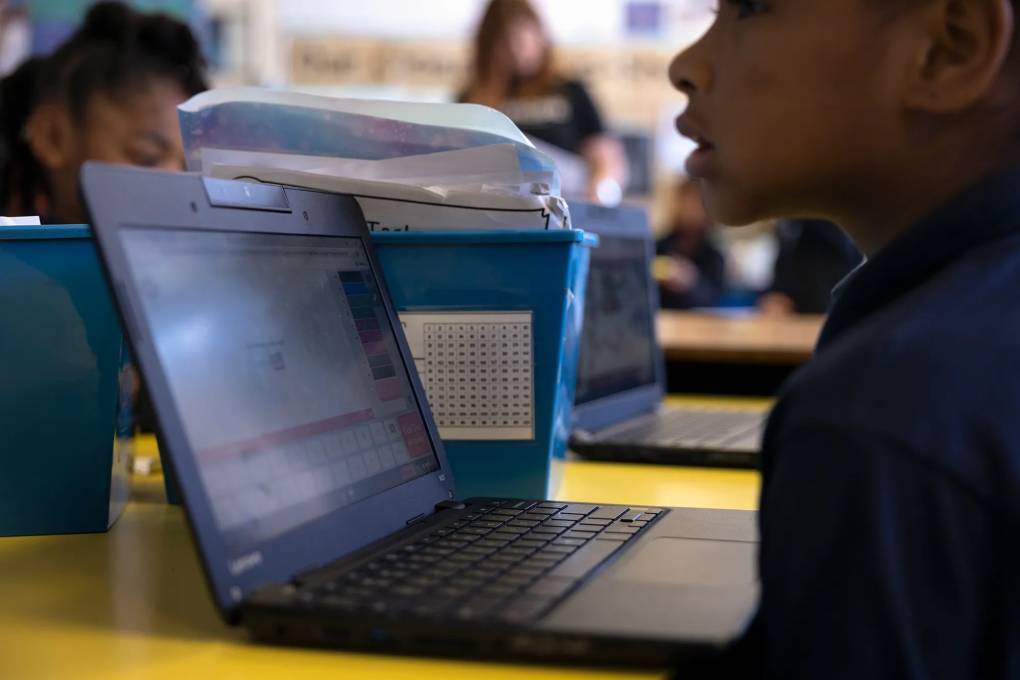Pushing back against the surge of misinformation online, California will now require all K-12 students to learn media literacy skills — such as recognizing fake news and thinking critically about what they encounter on the internet.
Gov. Gavin Newsom last month signed Assembly Bill 873, which requires the state to add media literacy to curriculum frameworks for English language arts, science, math and history-social studies, rolling out gradually beginning next year. Instead of a stand-alone class, the topic will be woven into existing classes and lessons throughout the school year.
During remote learning, he gave students two articles on the origins of the coronavirus. One was an opinion piece from the New York Post, a tabloid, and the other was from a scientific journal. He asked students which they thought was accurate. More than 90% chose the Post piece.
Fuuuk how could you possibly make that choice when presented with both?!?
I’m not a teacher, but I’ve worked with 14-15 years olds to learn them critical thinking, the scientific principles and about humanism. Not one of them could distinguish between a opnion piece and reporting
I don’t love that we’re using the term “fake news” which felt popularized by Donald Trump and used as an autoresponse to media he didn’t like, rather than a label for poorly sourced or biased media. That said, super happy to see that this education is happening and hopefully we have a new generation of kids growing up that feel more equipped to use their critical thinking skills when navigating the vast world of information being thrown at them!
I really hope it’s not the same kind of critical thinking that some other states pushed.
Missouri’s version was to assign a controversial and biased news article and the students had to write an essay agreeing with the article while citing that same article. Outside sources were not allowed and neither was disagreeing with the article. Anything but full agreement resulted in a 0% and put marks against the school since it was state assessment.
“Identifying fake news? More like leftist indoctrination!” —the guy you went to high school with who would snort crushed candy for a dollar and has never been more than 100 miles from the parking lot he was conceived in
That is oddly specific.
I mean this is great if it merely focuses on spotting misinformation as a whole. Our whole lives we are inundated with misinformation from advertisers, politicians, news, etc. However, I do worry that those in charge of such a program will end up using it for the wrong purposes. Like when real estate investors pour billions into studies against working from home, or when the pharma-industry sees loses from weed or psilocybin.





